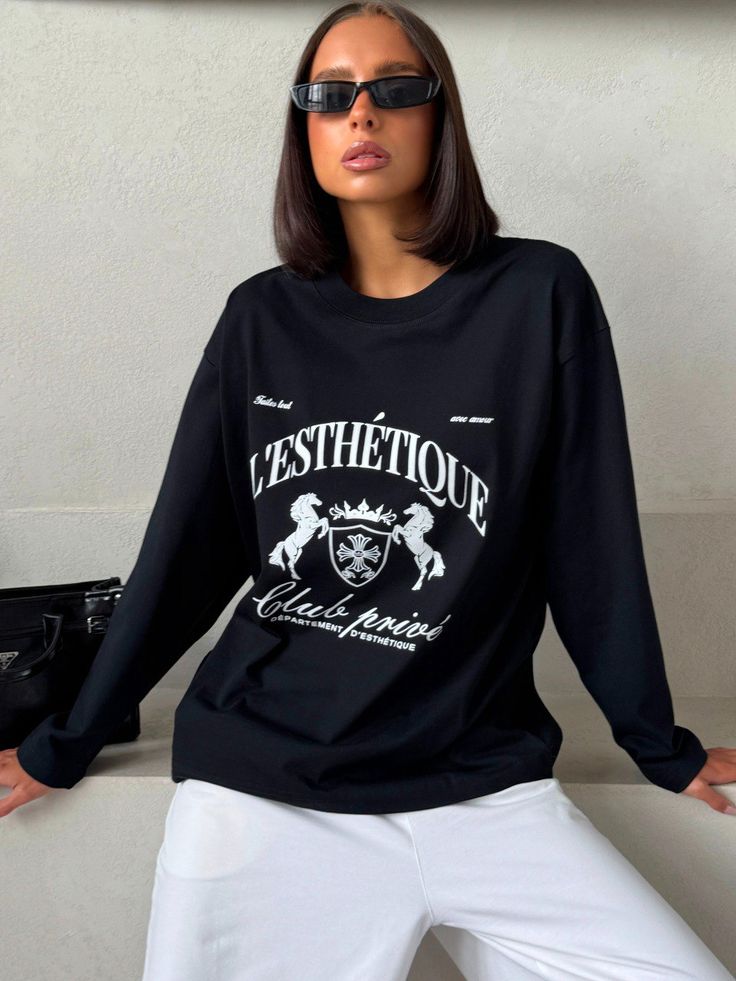Introduction
Urban fashion has always been more than just an aesthetic — it’s a voice, an identity, a statement that reflects the heartbeat of the streets. From the graffiti-splashed walls of downtown districts to the sleek skylines of global fashion capitals, streetwear has evolved into something much deeper: a culture of defiance and reinvention. Edge Defined is not just about sharp silhouettes or rebellious energy; it’s about how fashion shapes our understanding of individuality and the modern world.
As we move deeper into the decade, the lines between luxury and urban wear continue to blur. The future of fashion doesn’t live on the runways alone — it thrives in the neighborhoods, skate parks, underground music scenes, and online spaces where creativity is limitless. The “edge” represents a mindset: fearless, authentic, and unapologetic. It’s the balance between boldness and subtlety, chaos and control, rebellion and refinement.
Urban fashion today is a mirror of society — diverse, expressive, and unafraid of change. What was once considered underground or alternative has now become the pulse of mainstream style. Hoodies, sneakers, cargo pants, oversized tees, and statement accessories have transcended trends to become timeless symbols of freedom and identity. The new generation of designers doesn’t just create clothes; they craft cultural movements powered by inclusivity and innovation.
The Evolution of Urban Fashion
Urban style started in the late 1970s and early 1980s, emerging from the cultural melting pot of hip-hop, skateboarding, and graffiti art. What began as a street movement soon turned into a worldwide influence, reshaping how fashion approached authenticity and attitude. In cities like New York, Tokyo, and London, youth rebellion fused with creativity to form a style that spoke louder than words.
In its early days, urban fashion wasn’t about luxury; it was about accessibility and realness. Baggy jeans, bold sneakers, and oversized jackets told stories of survival, pride, and resistance. Over the decades, these expressions evolved — incorporating digital design, luxury craftsmanship, and eco-conscious materials. Today’s urban fashion is a fusion of utility and artistry — where functionality meets high design.
The 21st century brought an evolution that merged innovation with tradition. Global brands started collaborating with underground artists, while high-end labels borrowed cues from streetwear aesthetics. What used to be considered “too raw” for the runway is now celebrated for its honesty and individuality. The street became the new stage, and authenticity became the new luxury.
Streetwear Meets High Fashion
The merging of streetwear and haute couture marked a turning point for the industry. Labels like Off-White, Balenciaga, and Supreme redefined what exclusivity means. It’s no longer about formality — it’s about attitude. Urban fashion invited high-end brands into its world, transforming hoodies and sneakers into must-have luxury items.
This shift represents more than collaboration; it’s a cultural dialogue. Fashion houses began to understand that today’s consumers crave connection over perfection. A limited-edition drop, a community-based collection, or a collaboration with an underground artist holds more emotional value than a traditional luxury campaign. Streetwear’s success lies in its inclusivity — it’s open, flexible, and constantly reinventing itself.
As digital culture grows, so does the reach of street style. Social media influencers, digital designers, and AI-generated fashion are shaping how new trends emerge. A hoodie worn on the street in Seoul can inspire a collection in Paris within weeks. The future of urban fashion is not just fast — it’s fluid.
Technology and the Rise of Digital Streetwear
Innovation has become the new edge. The intersection between technology and fashion is transforming urban wear from physical garments into interactive experiences. Digital clothing, NFTs, and augmented reality fittings are reshaping how we perceive ownership and identity.
Brands now experiment with 3D design tools and virtual runways. Consumers can “wear” outfits in the metaverse before purchasing them in real life. This digital-first mindset makes fashion more sustainable, reducing waste and redefining creativity beyond fabric and thread.
The fusion of tech and streetwear goes beyond aesthetics — it’s about function. Smart fabrics that regulate temperature, embedded sensors that monitor performance, and digital embroidery that changes color are just the beginning. The next generation of urban fashion will merge data with design, giving wearers both style and purpose.
Sustainability: The New Standard of Cool
In the past, streetwear was about expression. Today, it’s also about responsibility. Conscious consumption has become a defining part of fashion’s evolution. Young consumers demand transparency — they want to know where their clothes come from, who made them, and how they impact the planet.
Urban brands are responding with recycled materials, upcycled collections, and slow-fashion drops that emphasize quality over quantity. Instead of mass production, limited releases now celebrate craftsmanship and ethical sourcing.
The future of fashion lies in durability — garments made to last, not to be replaced every season. “Cool” now means mindful — choosing pieces that carry both attitude and awareness. The urban wardrobe of tomorrow won’t just look good; it will do good.
The Influence of Music and Art on Urban Aesthetics
Streetwear has always lived hand-in-hand with music. Hip-hop, punk, and electronic movements all helped shape its visual identity. Artists like Kanye West, A$AP Rocky, Billie Eilish, and Travis Scott blurred the lines between performer and designer, turning concerts into fashion statements.
Graffiti, tattoo culture, and digital illustration brought visual depth to clothing, transforming hoodies and jackets into wearable canvases. Every piece became more than fabric — it became storytelling.
This connection between art and fashion continues to fuel innovation. Collaborations with visual artists and musicians add authenticity, ensuring that urban fashion stays rooted in culture, not just commerce.
The Genderless Revolution
Traditional fashion has long been divided — men’s wear here, women’s wear there. Urban fashion destroyed those walls. Oversized hoodies, unisex sneakers, and fluid silhouettes challenge outdated gender norms, allowing self-expression to flow without labels.
This genderless approach is not a trend — it’s a movement toward inclusion. It celebrates the freedom to wear what feels right, not what society dictates. Designers now create collections for people, not genders — redefining what “fit” and “style” mean.
Urban fashion is about comfort, confidence, and individuality. The future is fluid, and the new edge is authenticity.
The Role of Community and Collaboration
Streetwear thrives on connection. Its power lies not just in design but in the people who wear it. Limited drops, pop-up stores, and online communities bring together individuals who share the same mindset: fearless, expressive, and united by creativity



